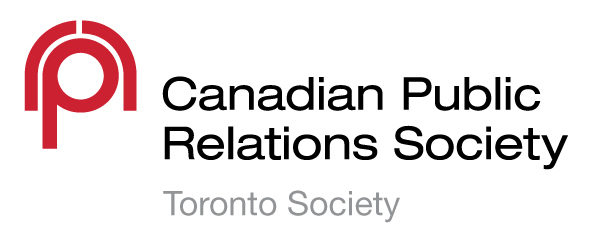Written by: Dhruvy Rawal, Blog Manager, Centennial College
First impressions matter
Often, a great way to get an employer’s attention is by sharing your best work with them. Especially for budding PR professionals, demonstrating your value by presenting a well-put-together portfolio can greatly pique a recruiter’s interest.
Even before you make it to the interview stage, the first impression that your resumes and portfolios form can be a deciding factor on if you’ll land the job. So here are some tips that’ll help you along the way in creating an impressive portfolio!
How to design an impressive portfolio
The platform
- When creating your first portfolio, user-friendly portfolio designing websites like Wix and Strikingly are great options. You can create a digital portfolio within minutes, which stays preserved on your website for a long time and is easy to share and edit.
Introduce yourself
- Not everyone knows who you are (yet)! Dedicating a part of your home page to a short summary about who you are and what you do is a good place to start.
Get creative
- Designing portfolios can be super fun – as you get to experiment with different templates, layouts, design elements, and fonts. Get creative and let your personality reflect in your portfolio. Having said that, do remember that it is going to be viewed by employers, so keep it professional.
Portfolio content
- When it comes to showcasing your work and creativity, the sky is the limit. If you’re starting out in the industry, don’t hesitate in including your schoolwork in the portfolio, as long as you feel it is something worthy of sharing with an employer.
- Written samples such as news releases, communications plans, media pitches, and blogs are a great addition for PR students, as they display your core writing skills.
- You can also share your best photographs, social media posts, podcasts, and videos you may have created with your peers.
- You can include unpublished work too, just remember to give credit where credit’s due though!
Sharing your work
- Creating a portfolio is just the beginning. What matters is you driving visibility by including your portfolio link in the resume. By doing this, you make your work easily accessible to recruiters and future employers, who now have a fair idea of your potential and capabilities.
Last thoughts
It takes time, effort, and constant updates for your portfolio to look sharp and client-ready. But once you put in the work, it’ll greatly help you in making a memorable first impression – and place you higher up on the recruitment ladder!
To keep up with all things SSC, follow @CPRSstudents on Twitter, Instagram, Tik Tok.!

